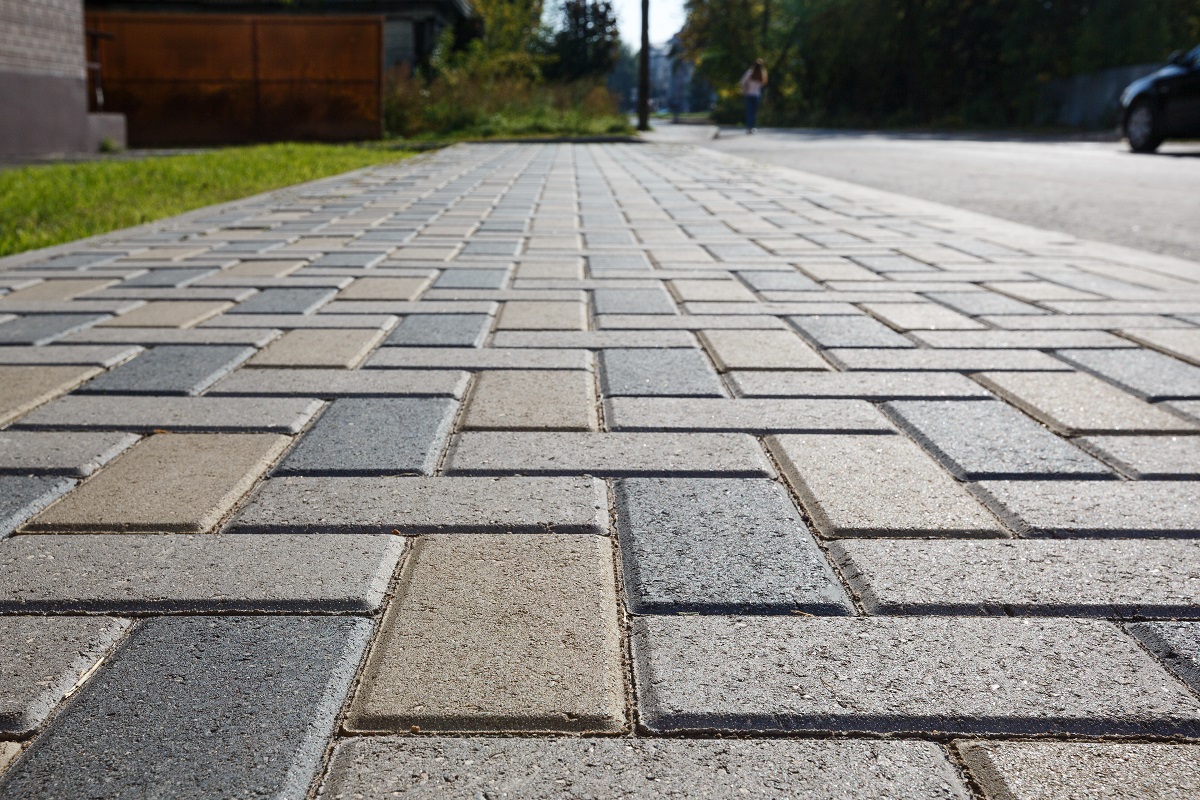
Concrete sidewalks are an essential part of any urban landscape. They provide a safe and convenient pathway for pedestrians, ensuring that people can move about easily and comfortably. In the Bay Area, where the weather can be unpredictable, it is crucial to have sidewalks that are not only functional but also durable and attractive. This guide will walk you through the process of building concrete sidewalks that can withstand the test of time while enhancing the aesthetic appeal of your surroundings.
Introduction to Concrete Sidewalks
Concrete sidewalks have long been a popular choice for pedestrian walkways due to their strength and longevity. Unlike other materials, such as asphalt or gravel, concrete is highly durable and can withstand heavy foot traffic and various weather conditions. Additionally, concrete sidewalks are versatile and can be customized to fit any design or architectural style.
Benefits of Using Concrete for Sidewalks
There are numerous benefits to using concrete for sidewalks. Firstly, concrete is a highly durable material, making it an excellent choice for high-traffic areas. Unlike asphalt, which can develop cracks and potholes over time, concrete sidewalks can last for decades with minimal maintenance. Secondly, concrete is incredibly versatile and can be molded into various shapes and patterns, allowing for unique and aesthetically pleasing designs. Lastly, concrete is an environmentally friendly choice as it can be recycled and reused.
Concrete sidewalks also offer safety benefits. The smooth and even surface of concrete reduces the risk of tripping and falling, making it suitable for people of all ages and abilities. Moreover, concrete sidewalks can be designed to accommodate wheelchair users, ensuring accessibility for everyone.
Planning and Preparation for Building Concrete Sidewalks
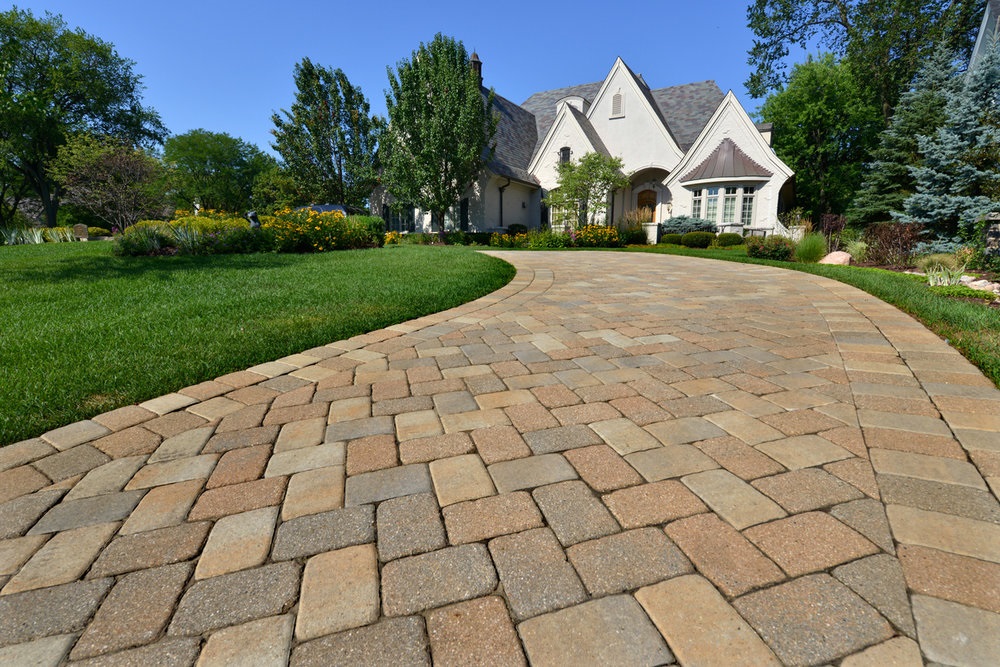
Before embarking on any construction project, careful planning and preparation are crucial. Building concrete sidewalks is no exception.
Planning and preparing for the construction of concrete sidewalks involves several key steps to ensure the project is successful, safe, and up to standard. Here’s a comprehensive guide to the planning and preparation process:
1. Design and Layout
- Sketch the Layout: Determine where the sidewalk will go, considering the flow of foot traffic, landscaping, and existing structures.
- Width and Thickness: Decide on the width and thickness of the sidewalk. Standard residential sidewalks are typically 4 inches thick and 3-4 feet wide.
- Slope: Plan for a slight slope (about 1/4 inch per foot) for drainage, ensuring water doesn’t pool on the surface.
2. Obtaining Permits and Checking Local Codes
- Check with local authorities to obtain necessary permits.
- Ensure the design complies with local building codes and ADA (Americans with Disabilities Act) requirements, especially for public sidewalks.
3. Material Calculation
- Calculate the amount of concrete needed. This depends on the length, width, and thickness of the sidewalk.
- Include materials for forms, reinforcements (like rebar or mesh), and joint material.
4. Site Preparation
- Clearing the Area: Remove grass, stones, and debris from the pathway.
- Leveling: Level the ground as much as possible.
- Compacting the Soil: Ensure the base soil is compact to avoid settling or cracking of the concrete later.
5. Building the Forms
- Construct forms using wood or metal that will hold the concrete in place as it sets.
- Ensure forms are sturdy and well-secured.
6. Installing Reinforcements
- Lay down mesh or rebar to reinforce the concrete, which is especially important in areas with heavy traffic or freeze-thaw cycles.
7. Planning for Expansion Joints
- Expansion joints are crucial to prevent cracking. They should be placed at regular intervals and at any corners or intersections.
8. Arranging for Concrete Delivery
- Schedule the concrete to be delivered after all preparation work is completed.
- Ensure there’s access for the delivery truck to reach the site.
9. Gathering Tools and Equipment
- Organize tools such as shovels, trowels, floats, edgers, and a wheelbarrow.
10. Safety Precautions
- Plan for safety gear like gloves, safety glasses, and boots.
11. Weather Considerations
- Ideal conditions are crucial. Avoid extreme temperatures. The best time for laying concrete is on a cool, overcast day.
12. Manpower Planning
- Determine how many people will be needed to pour and finish the concrete before it begins to harden.
13. Post-Pouring Plan
- Have a plan for curing the concrete, which involves keeping it moist and avoiding use for several days.
14. Waste Management and Cleanup
- Plan for the disposal of leftover materials and cleaning of tools and equipment.
By thoroughly planning and preparing, you can ensure the construction of your concrete sidewalk is efficient, meets all required standards, and results in a durable, long-lasting pathway.
Step-by-Step Guide to Building Durable and Attractive Concrete Sidewalks
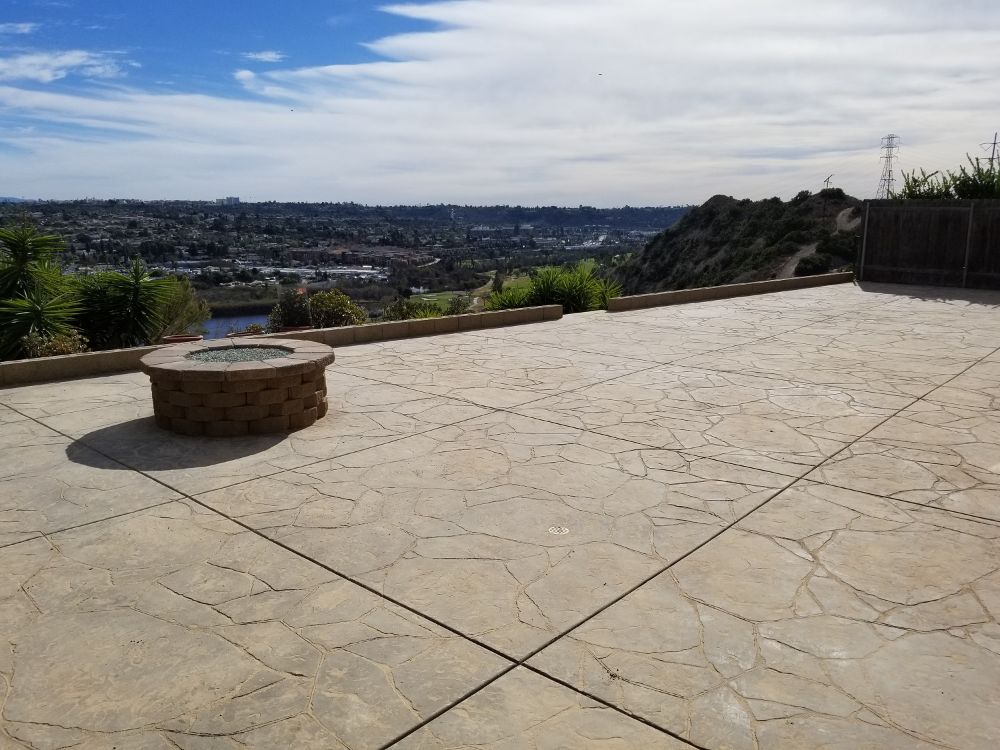
Building durable and attractive concrete sidewalks involves a step-by-step process, ensuring that the final result is both functional and aesthetically pleasing. Here’s a detailed guide:
1. Design and Planning
- Finalize the layout, width, and thickness.
- Plan for a slight slope for drainage.
- Obtain necessary permits and ensure ADA compliance.
2. Gather Materials and Tools
- Concrete mix, reinforcement (rebar or mesh), form materials (wood or metal).
- Tools like shovels, trowels, floats, edgers, a wheelbarrow, and safety gear.
3. Site Preparation
- Clear the area of debris, grass, and stones.
- Level and compact the ground.
4. Building the Forms
- Construct forms along the planned layout.
- Ensure they are level and securely fixed.
5. Install Reinforcements
- Place rebar or mesh within the forms for added strength.
6. Mixing the Concrete
- If not using ready-mix concrete, mix the concrete according to the manufacturer’s instructions.
- Ensure the mix has the right consistency – not too wet or dry.
7. Pouring the Concrete
- Pour the concrete into the forms, starting at one end and working to the other.
- Spread evenly with a shovel or rake.
8. Leveling and Consolidating
- Use a screed board to level the concrete.
- Tap the sides of the forms to eliminate air pockets and consolidate the mix.
9. Smoothing the Surface
- Once the concrete starts to set, use a float to smooth the surface.
- For extra traction, especially in wet conditions, lightly brush the surface with a broom.
10. Creating Expansion Joints
- Cut expansion joints every 4-6 feet to prevent cracking.
- Use a jointer or a saw to make the cuts.
11. Curing the Concrete
- Keep the concrete moist by covering it with plastic sheeting or regularly spraying it with water.
- Cure for at least a week for best results.
12. Finishing Touches
- Once cured, remove the forms.
- Edge the sides for a clean, finished look.
13. Sealing the Concrete
- Apply a concrete sealer to protect against weather and stains.
14. Maintenance and Upkeep
- Regular cleaning and resealing as needed to maintain the sidewalk’s appearance and durability.
15. Landscaping and Aesthetics
- Consider landscaping alongside the sidewalk for an attractive appearance.
- Add borders or color to the concrete for a decorative touch.
By following these steps, you can build a concrete sidewalk that is not only durable and functional but also enhances the overall appeal of the property. Proper planning, execution, and maintenance are key to achieving a long-lasting and attractive concrete sidewalk.
Choosing the Right Materials for Your Concrete Sidewalks
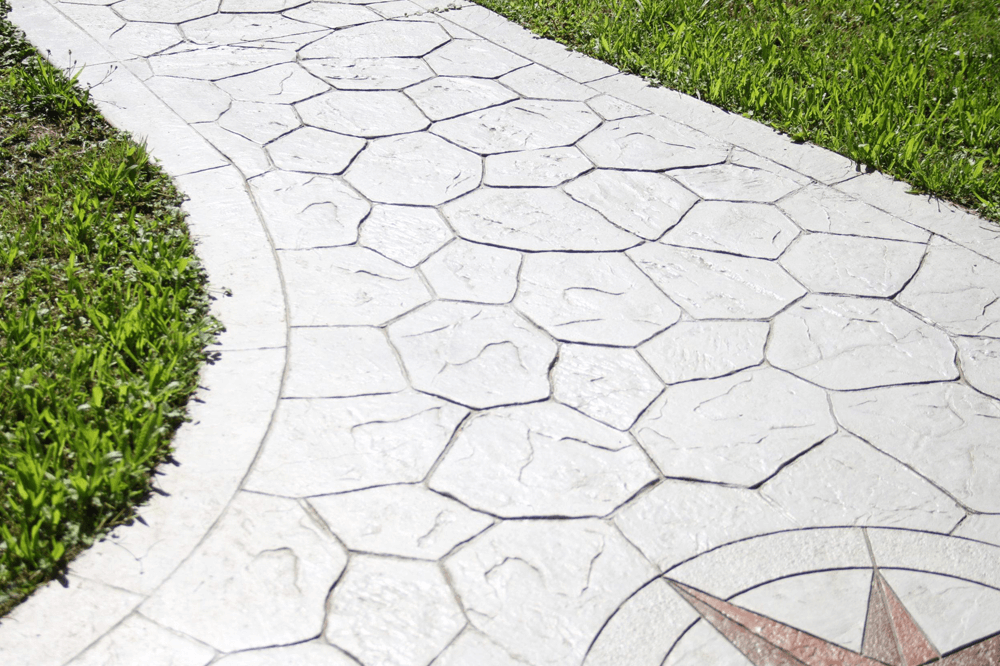
When it comes to building durable and attractive concrete sidewalks, choosing the right materials is essential. Here are some factors to consider:
Concrete Mix
Selecting the right concrete mix is crucial for achieving the desired strength and durability. The mix should be specifically designed for sidewalks and comply with local building codes. It is advisable to consult with a concrete supplier or engineer to determine the appropriate mix.
Reinforcement Materials
Reinforcement materials, such as rebar or wire mesh, are essential for preventing cracks and increasing the overall strength of the sidewalk. The type and amount of reinforcement required will depend on the anticipated load and local building codes.
Finishing Tools
The choice of finishing tools can greatly impact the appearance of the sidewalk. There are various options available, including trowels, brooms, stamps, and rollers. Consider the desired texture and pattern when selecting finishing tools.
Sealer
Applying a sealer can enhance the durability and appearance of the sidewalk. There are different types of sealers available, including acrylic, epoxy, and penetrating sealers. Choose a sealer that is suitable for the specific conditions and requirements of the area.
Proper Maintenance and Care for Concrete Sidewalks
To ensure the longevity and attractiveness of your concrete sidewalks, proper maintenance and care are essential. Here are some tips:
- Regular Cleaning: Regularly sweep or hose down the sidewalk to remove dirt, debris, and stains. Avoid using harsh chemicals or abrasive cleaners as they can damage the concrete.
- Repair Cracks and Damage: Promptly repair any cracks or damage to prevent further deterioration. Small cracks can be filled with a concrete crack filler, while larger repairs may require professional assistance.
- Snow and Ice Removal: During winter months, it is important to remove snow and ice promptly to prevent slips and falls. Use a plastic shovel or snow blower to avoid damaging the concrete surface.
- Avoid Heavy Loads: Avoid placing heavy objects or vehicles on the sidewalk as it can cause cracks or damage. If necessary, use plywood or other protective materials to distribute the weight.
Common Issues and Troubleshooting for Concrete Sidewalks
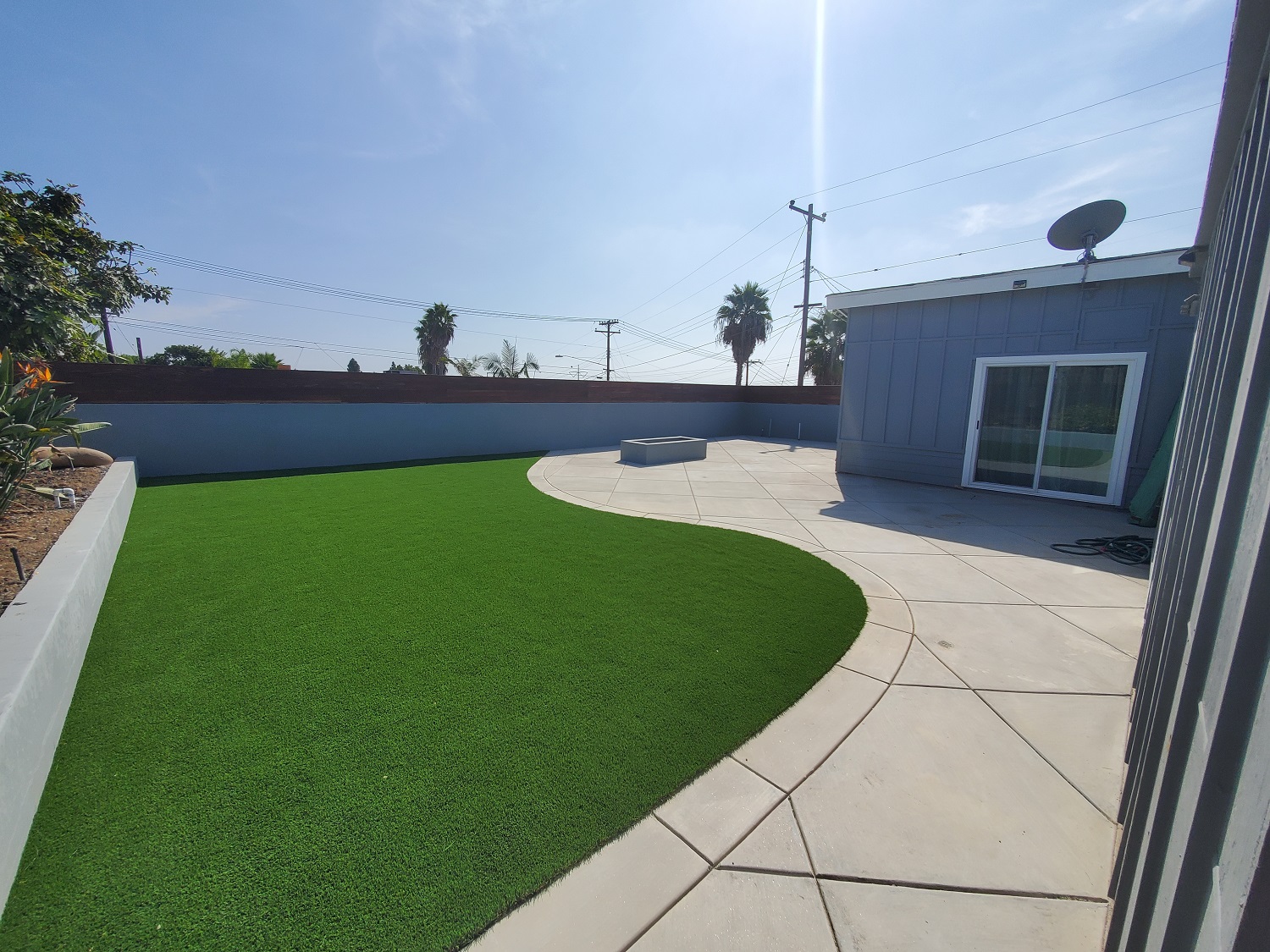
Despite their durability, concrete sidewalks can develop issues over time. Here are some common problems and their potential solutions:
- Cracks: Cracks can occur due to factors such as temperature changes, settlement, or heavy loads. Small cracks can be repaired using a concrete crack filler, while larger cracks may require professional repair.
- Uneven Surface: Uneven surfaces can be caused by settlement or improper installation. To fix this issue, the sidewalk may need to be re-leveled or resurfaced.
- Spalling: Spalling refers to the flaking or chipping of the concrete surface. It can be caused by freeze-thaw cycles, moisture penetration, or poor quality concrete. Resurfacing or patching may be necessary to address spalling.
Hiring Professionals for Concrete Sidewalk Construction
While building concrete sidewalks can be a DIY project, hiring professionals is highly recommended for larger or more complex projects. A professional contractor or engineer will have the expertise and equipment to ensure that the sidewalks are built to code and meet all safety requirements. They can also provide valuable insights and recommendations regarding design, materials, and maintenance.
Cost Considerations for Building Concrete Sidewalks
The cost of building concrete sidewalks can vary depending on several factors, including the size of the project, local labor and material costs, and the complexity of the design. It is advisable to obtain multiple quotes from reputable contractors to compare prices and ensure a fair deal. Additionally, consider the long-term benefits of using high-quality materials and professional construction, as they can save money on future repairs and maintenance.
Conclusion: Enjoying Durable and Attractive Concrete Sidewalks in the Bay Area
By following this ultimate guide, you can confidently embark on the journey of building durable and attractive concrete sidewalks in the Bay Area. From careful planning and preparation to selecting the right materials and proper maintenance, each step is crucial for ensuring the longevity and aesthetic appeal of your sidewalks. Whether you are a homeowner, business owner, or municipality, the benefits of concrete sidewalks are undeniable. They provide a safe and convenient pathway for pedestrians while enhancing the beauty and functionality of the surrounding environment. So, start your project today and enjoy the many benefits of durable and attractive concrete sidewalks.
Contact Rhino Concrete Bay Area for professional concrete sidewalk construction services. Our team of experienced contractors will ensure that your sidewalks are built to the highest standards, meeting all safety requirements and design specifications. Call us at [415-707-8691] or visit our website Rhino Concrete bay Area to learn more about our services.







